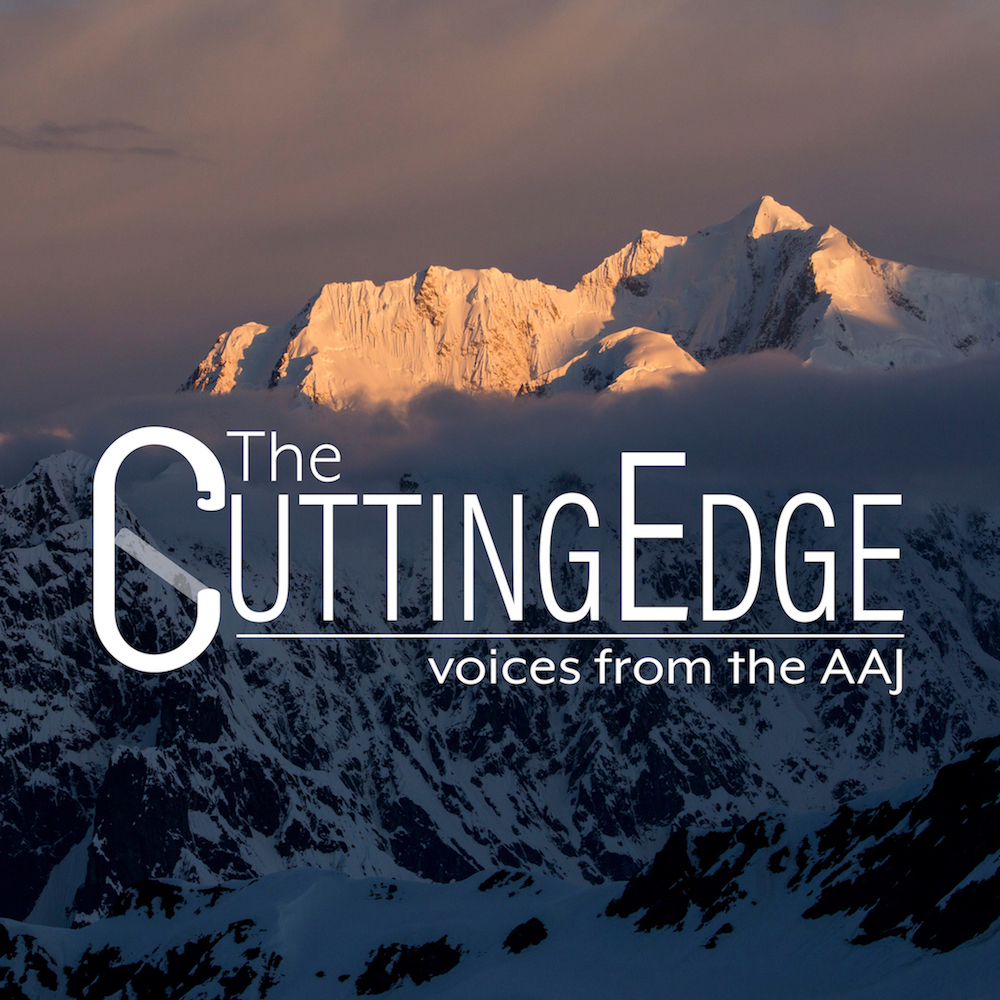Vegan Tower, West Face, Beyond Redlining
Washington, North Cascades

Kurt Hicks and I have done first ascents in both styles. Looking for a line with the potential to become a classic, we were drawn to the 1,200’ west face of Vegan Tower, whose southwest arête Darin Berdinka and I had climbed via Mile High Club (see AAJ 2016). Vegan Tower is the northernmost tower along a jagged ridge running north from Morning Star Peak (6,020’). In September 2018, Kurt and I began a top-down exploration of the west face and spent hundreds of hours over three seasons to unlock and equip the formation’s king line, which eventually would require only a rope and 17 quickdraws to lead.
On May 29, 2020, as the pandemic raged, we set out to climb Beyond Redlining from base to summit. We leaped over a raging river swollen with spring snowmelt, post-holed up steep snow, and stemmed across a 20-foot deep moat to reach the start of the route. After many hours of aid and free climbing, we reached the snowclad summit. Two days later, George Floyd was murdered by Minneapolis police and the world exploded in rage.
In climbing, redlining might mean being pumped, an anaerobic state preceding muscle failure, or otherwise pushing beyond our physical limits. In the United States, redlining was used by the Federal Housing Administration, cities, banks, and others to demarcate inner-city areas, typically Black neighborhoods, where residents were systematically denied home loans, insurance, health care, and other services, even if they were more qualified than whites outside these areas. This deepened racial and socioeconomic inequalities between Blacks and whites. Redlining started with the National Housing Act of 1934 and continued until the Home Mortgage Disclosure Act of 1975 required transparency in lending practices and revealed the discriminations of redlining. Thankfully, we have moved beyond redlining, but we still have a long way to go before we live in a country that lives up to its founding principle that “all men are created equal.”
On July 11, 2020, we set off to attempt an all-free team ascent. Summer had arrived. The river was quiet, the snow had melted, and the rock was cool and dry. The route’s many cruxes felt increasingly desperate as we fought our way higher on the steep upper headwall. The pressure reached a crescendo on the final pitch, which holds the route’s hardest crux, but somehow we both made it to the top without falling. This route is significantly longer, harder, more sustained, and more committing than Mile High Club.
In the midst of 2020, this first ascent felt like a miracle. It still does. We hope people will climb Beyond Redlining (1,200’, 11 pitches, IV 5.10+) and also find a way to help make the world a more just and equitable place.
– Rad Roberts




